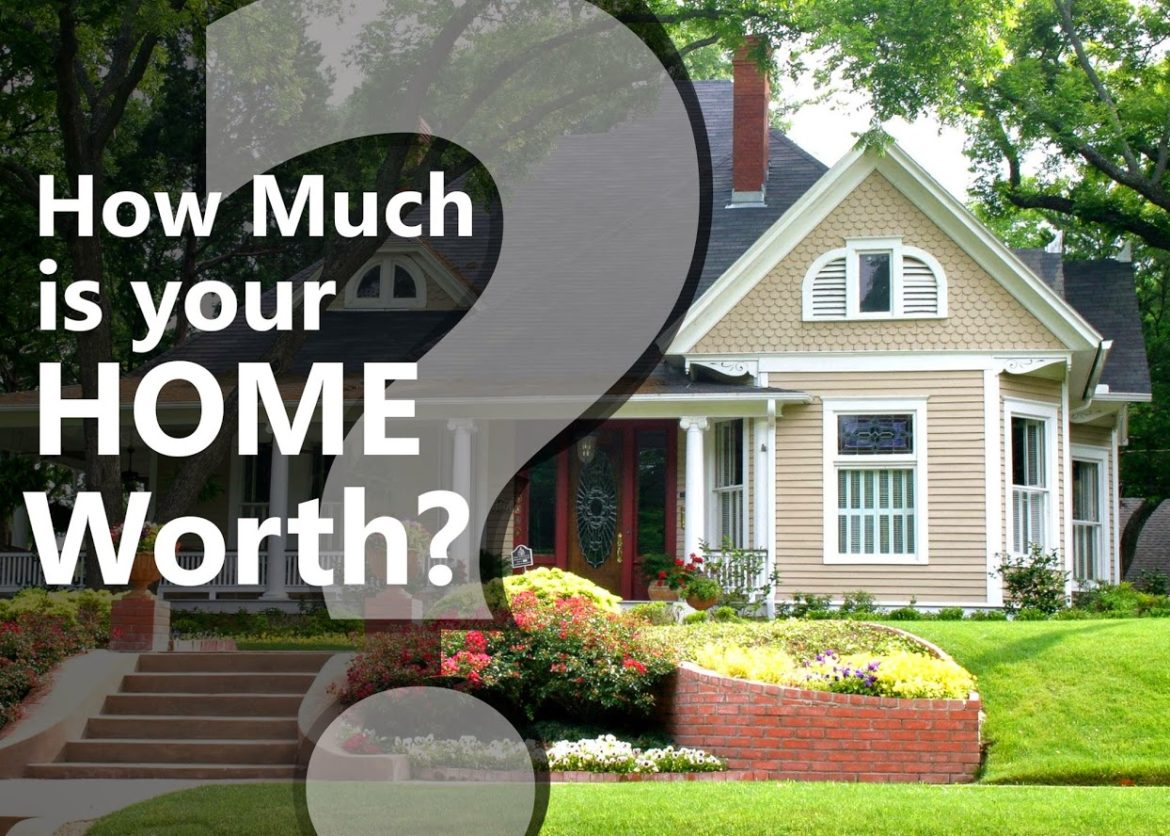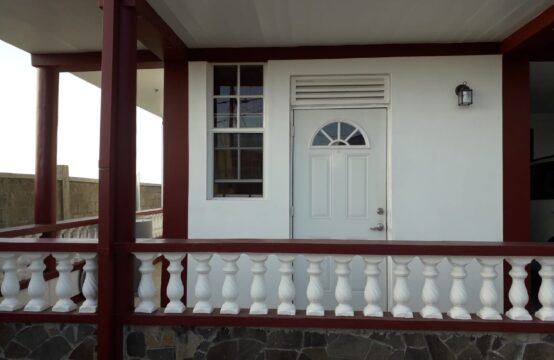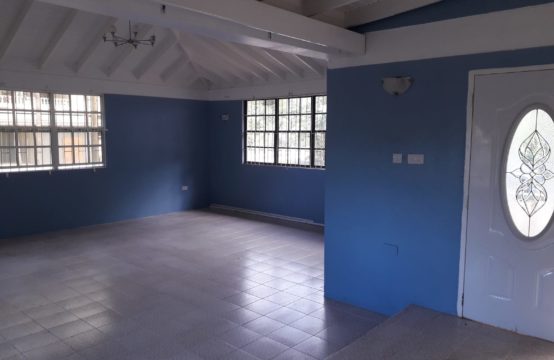Several years after Earl Seraphine moved from one part of Dominica to the other, he decided to sell one of his homes since he had no plans to move back and thought that the proceeds from the sale of the house would be of greater use at the time. In the process of listing his home with the real estate agent he was asked the value of his home. This was a question he just couldn’t answer factually since he had never done a valuation before and the understanding of valuation theory and methodology is not commonplace. He started doing some research and fortunately found a competent and generous valuator who explained the importance of valuations and some of the different techniques used to prepare a valuation.
He learnt that there are several methodologies used for property valuations, three of the most common ones are Comparable Sales Method, Income Approach Method and Cost Approach Method.
The Comparable Sales Method compares the subject property with other similar properties in its vicinity to estimate the value of the subject property. In addition to the location, this analysis examines characteristics such as the size, conditions, available utility, building regulations, business climate etc. Not very often the property being valued has few comparative elements or may be unique. In such circumstances the less comparable elements would be estimated differently to ensure accuracy.
The Income Approach is more suitable for income generating properties because it allows investors to estimate the value of the property based on the income it produces or is expected to produce. This would be useful for a buyer to determine if a property is a profitable investment. The estimated income is discounted using the discounted cash flow model to determine the present value of the property.
The cost approach investigates the cost component of the property and this includes the cost of the land as if vacant, plus cost of construction. Depreciation based on the age of the property is thereafter deducted. It is said that the value is more accurate for new buildings.
It is important to note that there is no perfect method to value real estate never-the-less whether buying a home, selling one, using it as security or making improvements, knowing its worth is fundamental.
Earl having made the decision to sell one of his houses would want to ensure that he receives the value that his property is worth. He could use the valuation as a guideline to price the property so that he can catch some home shoppers’ interest.
As a potential buyer a valuation is crucial to ensure that the amount asked for is not considerably higher than the actual value. It is a pre-requisite in the property transfer process as the valuation is needed by the bank if the buyer is taking a mortgage. It also forms part of the transfer documents to be submitted to the local registry. It may also show that the buyer has done some homework and gives both parties grounds upon which they can negotiate a final price.
A valuation provides one with valuable information such as whether the price for a property is exaggerated or not and would give a seller a realistic price to market his property. It is generally recommended that persons do not purchase property without first doing an assessment. Likewise, it is good practice to value a property before putting it on the market.











